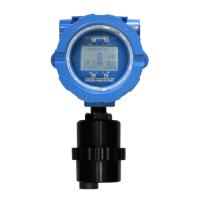
Do you have a question about the Sensidyne SensAlert ASI S2 Series and is the answer not in the manual?
| Brand | Sensidyne |
|---|---|
| Model | SensAlert ASI S2 Series |
| Category | Transmitter |
| Language | English |
Details the different types of sensors used by the transmitter.
Steps for accessing internal boards and wiring the power supply.
Steps for powering the transmitter for the first time and initial setup.
Procedures for zeroing and span calibration.
Adjusting calibration gas and K-factors for combustible sensors.
Navigating and setting up primary alarms, TWA alarms, and associated relays.
Configuring fault conditions like Head Fail and Missing Sensor.
How to review data and access system settings like alarms, faults, TOD, and sensors.
